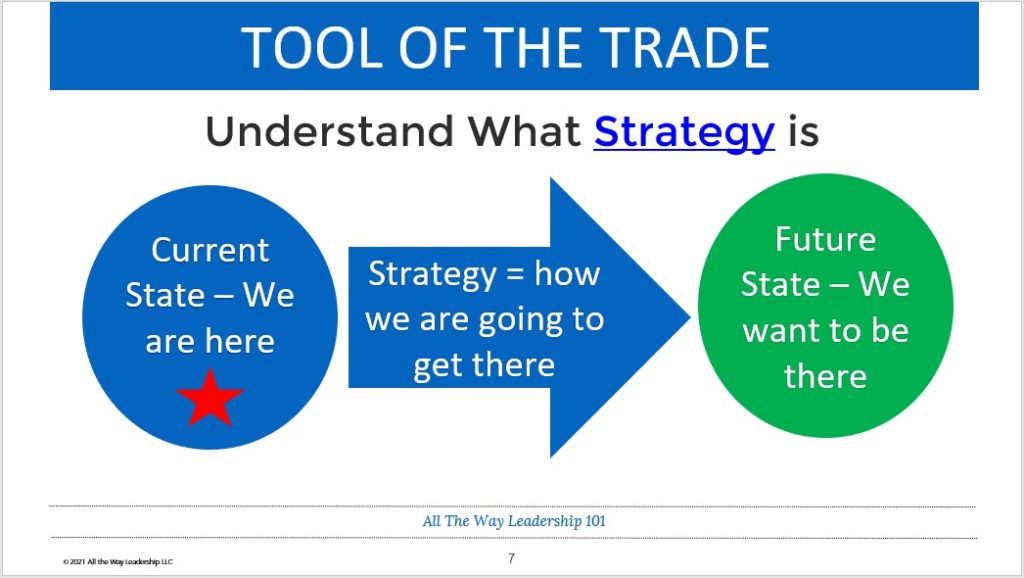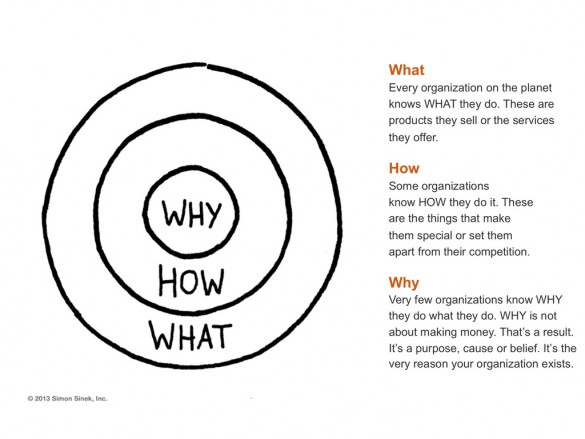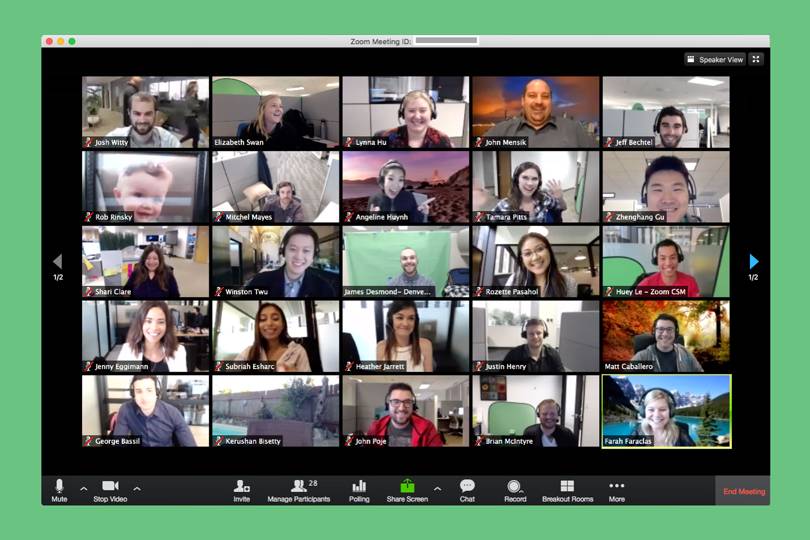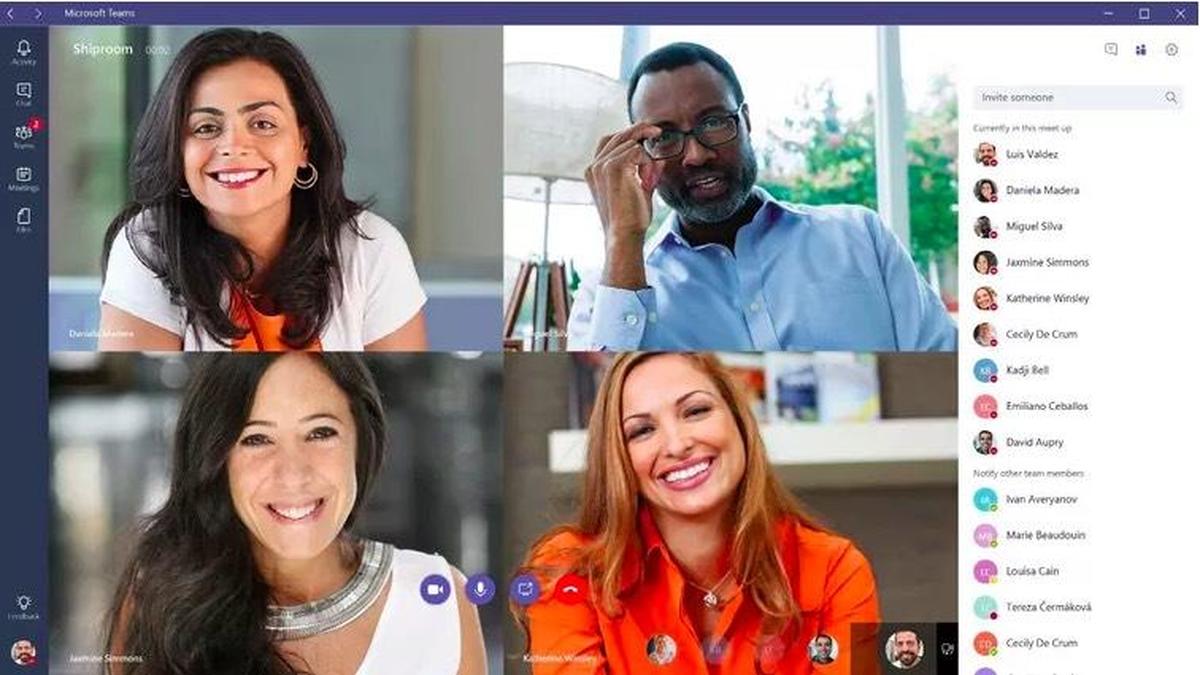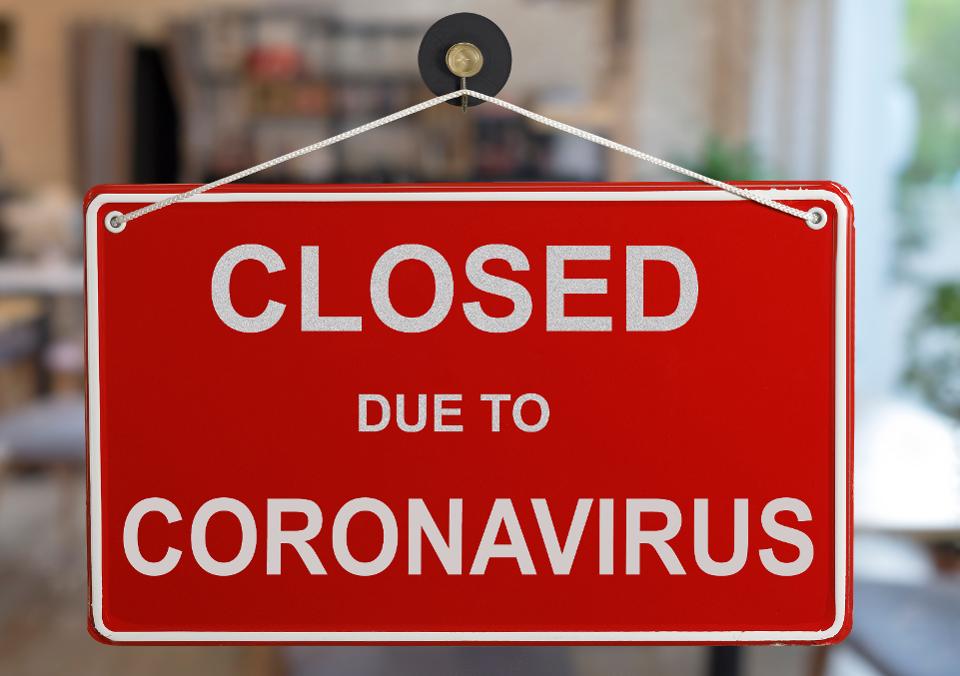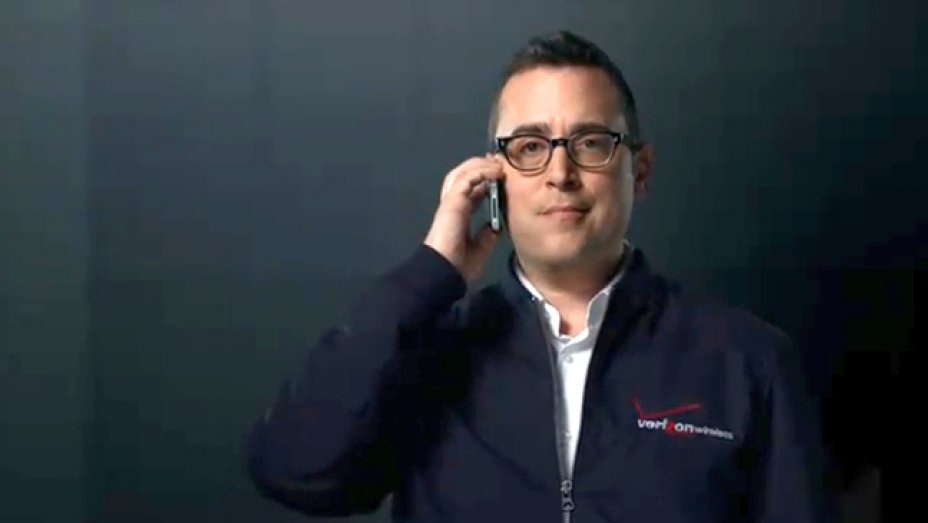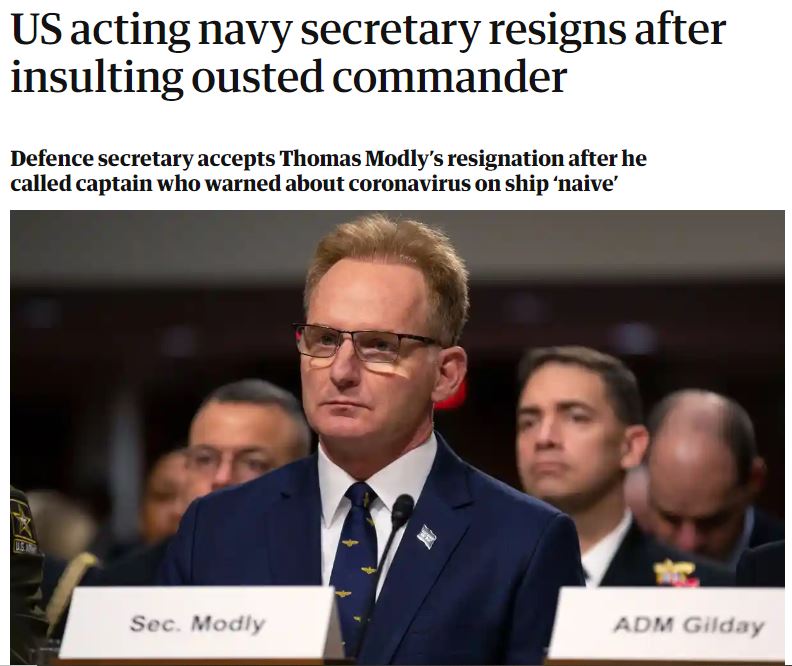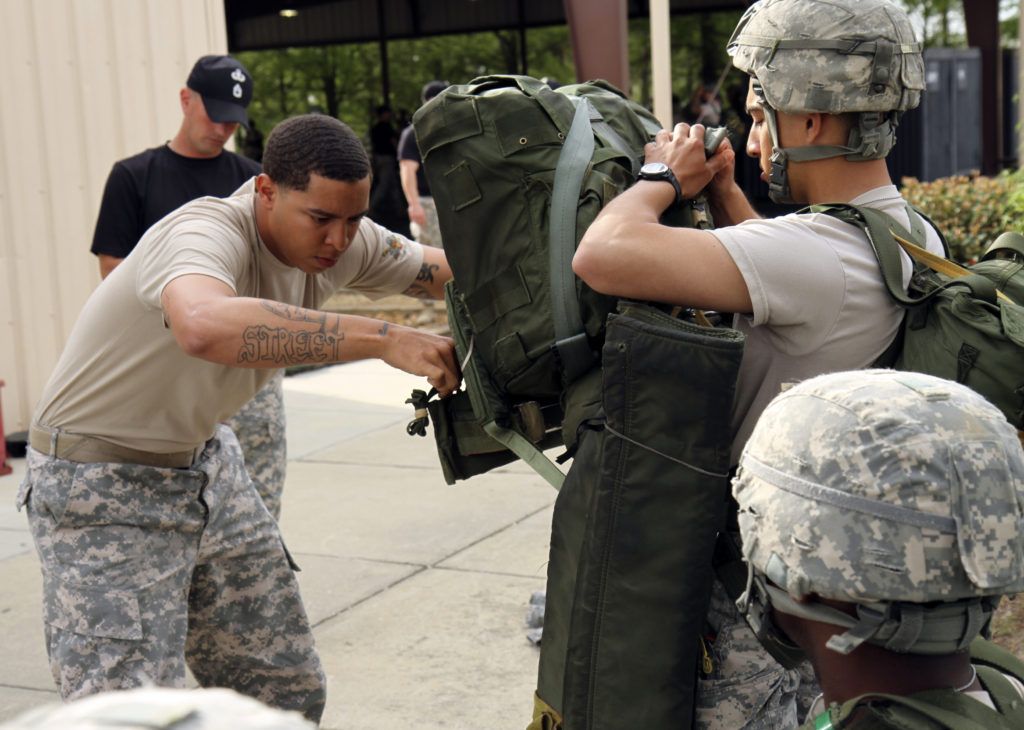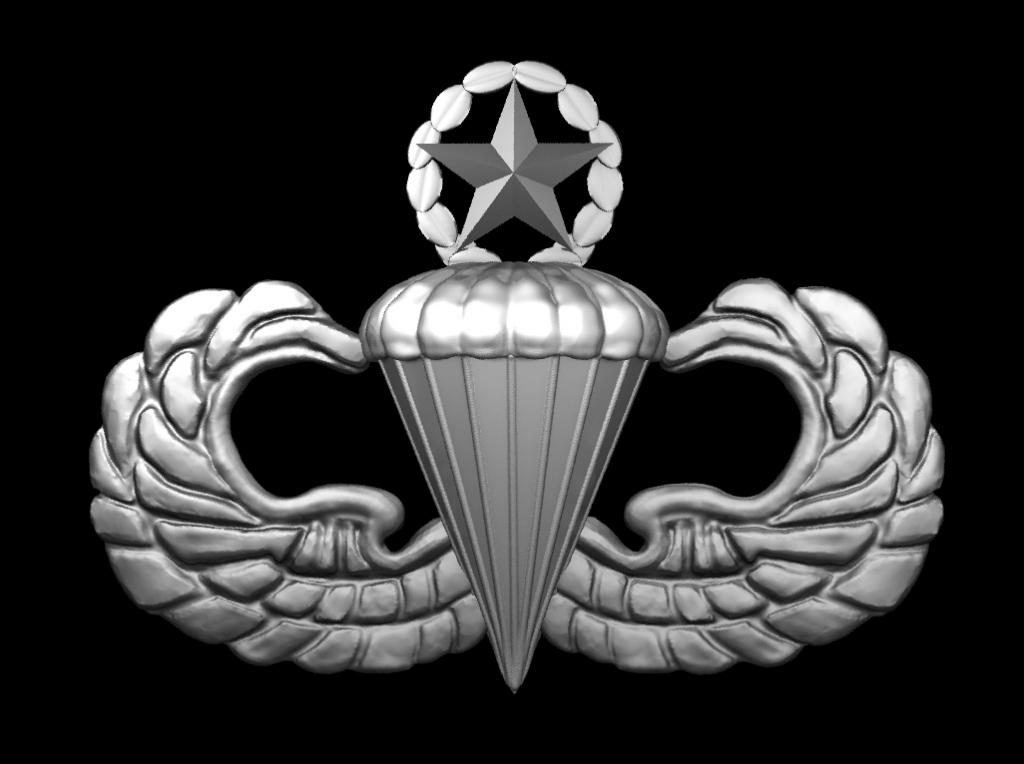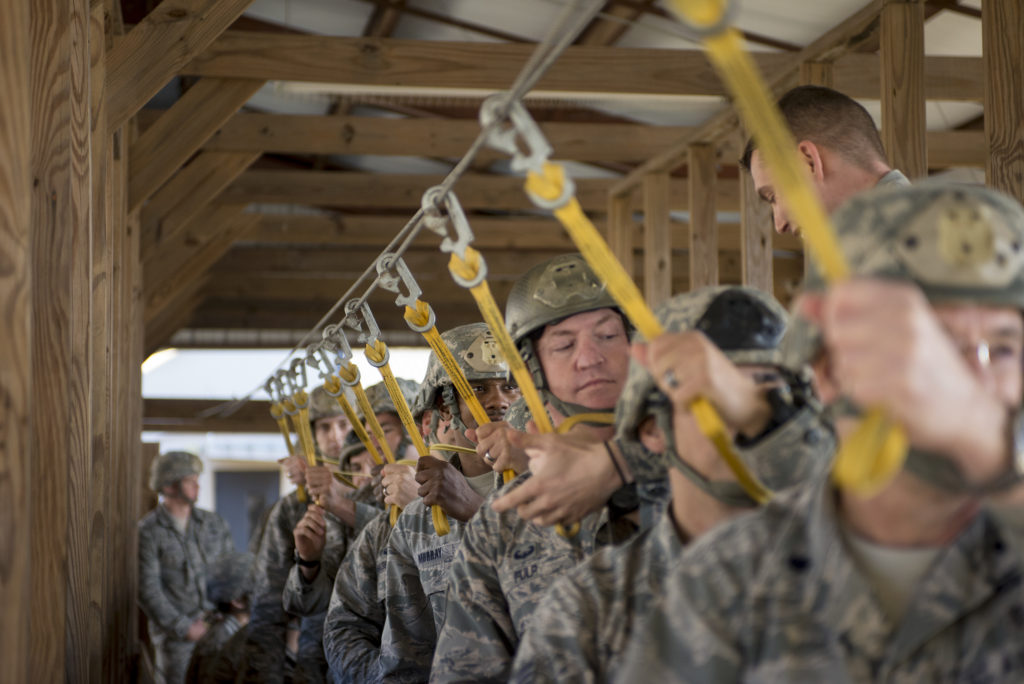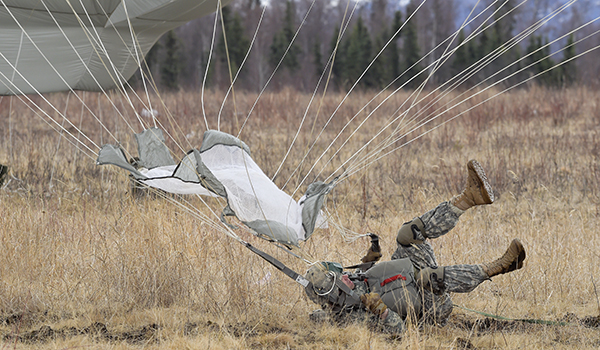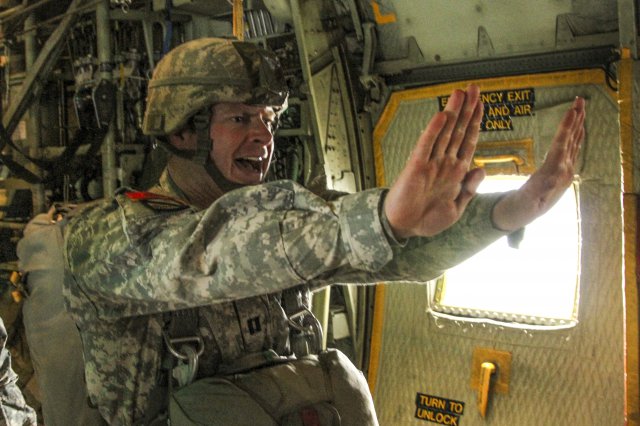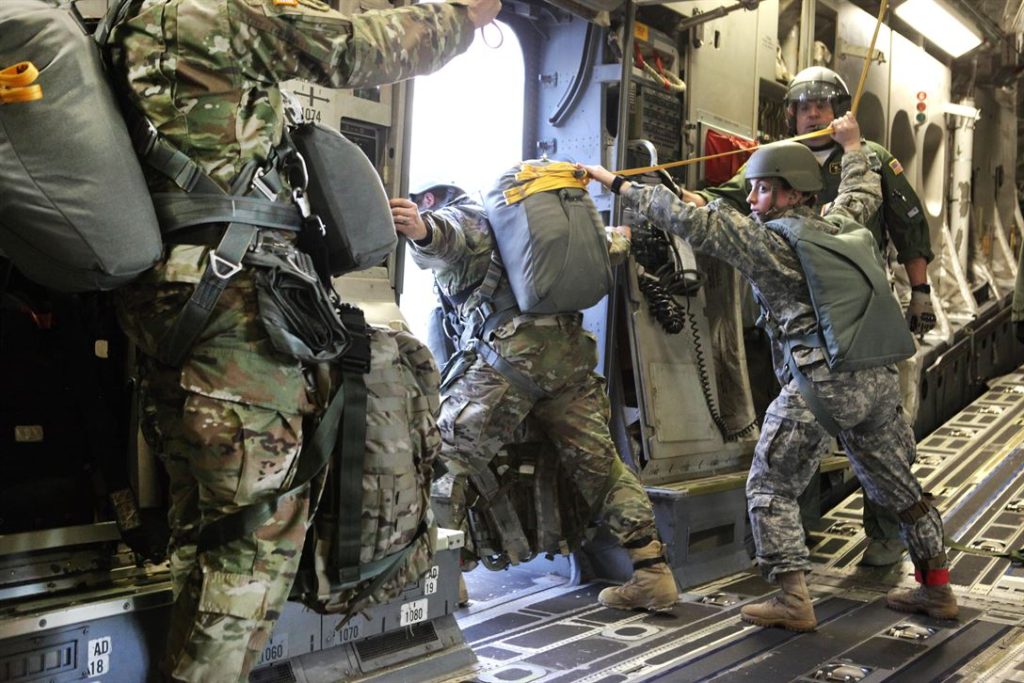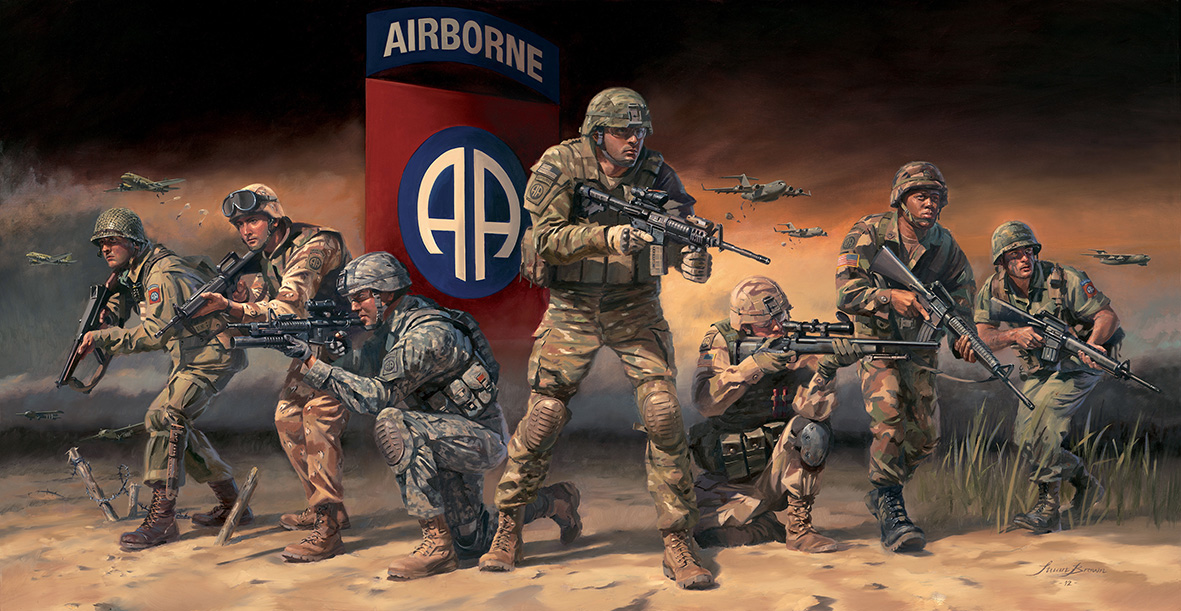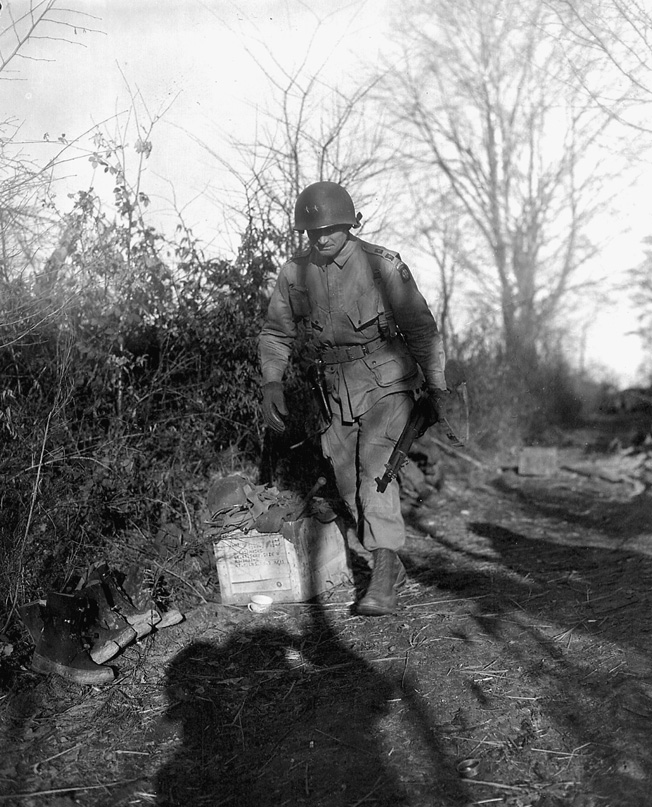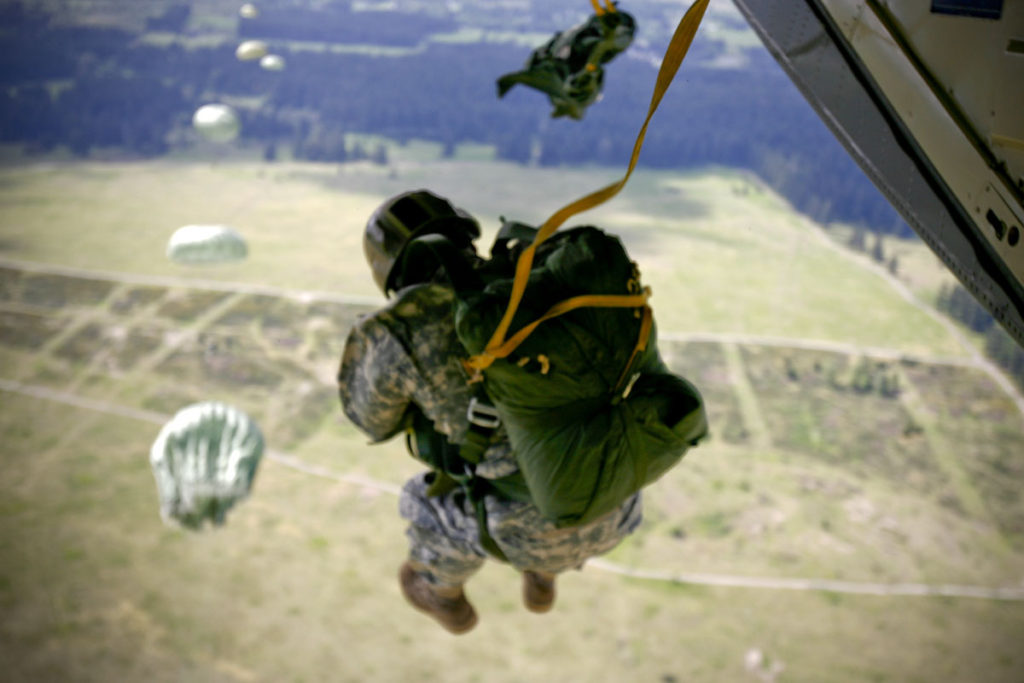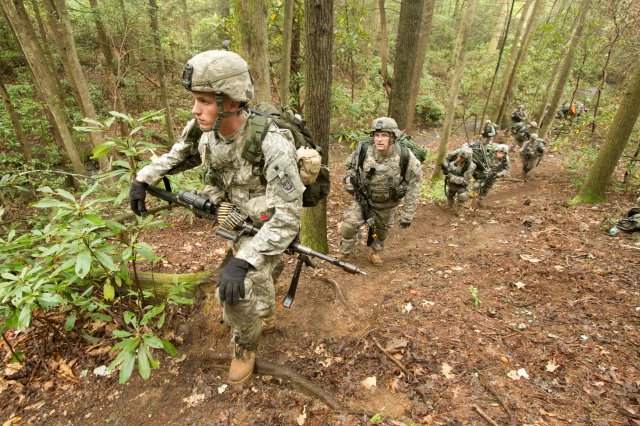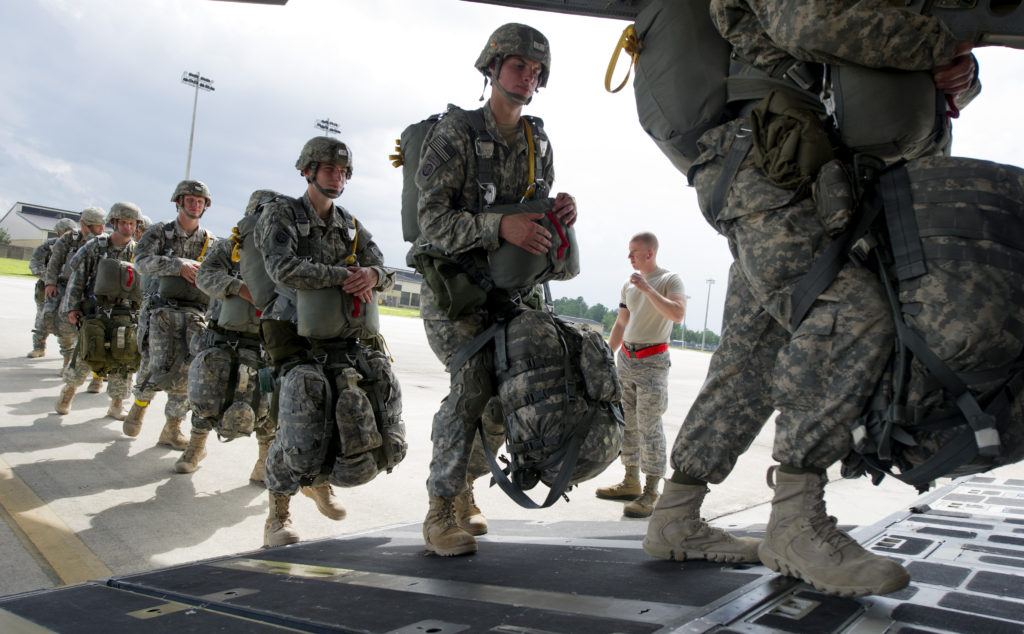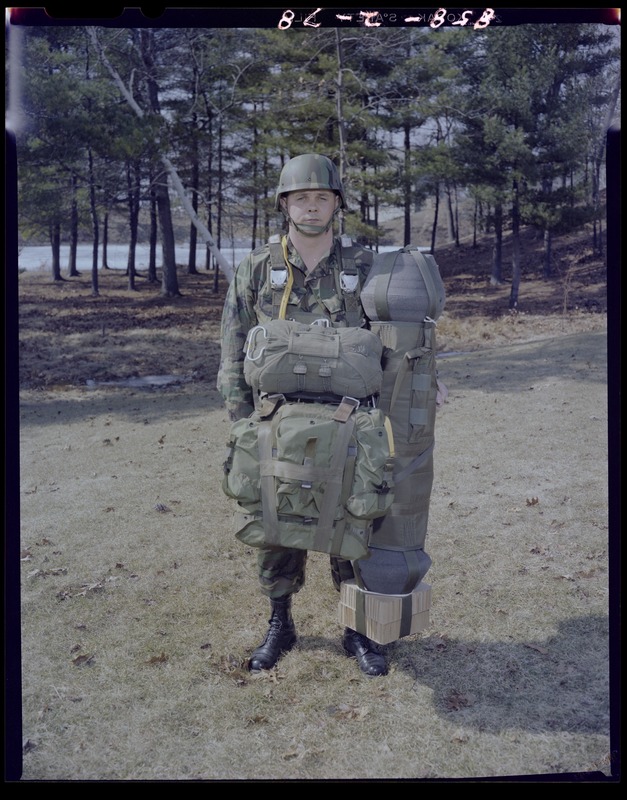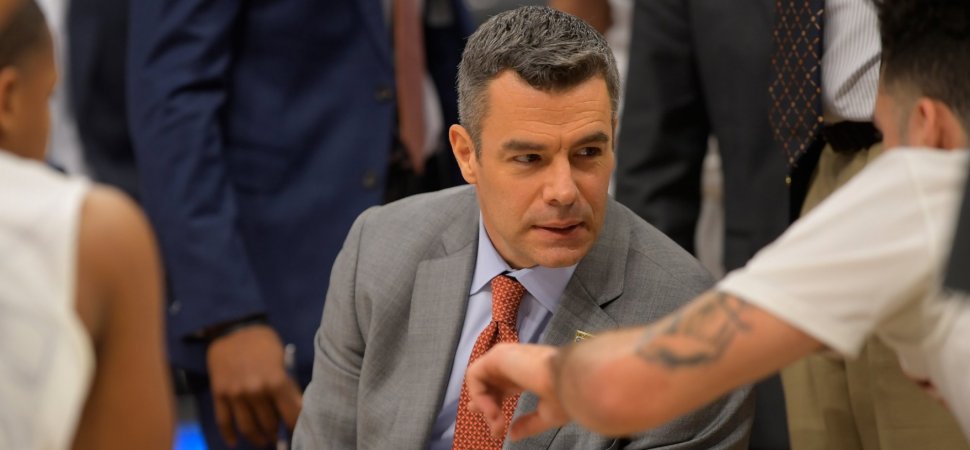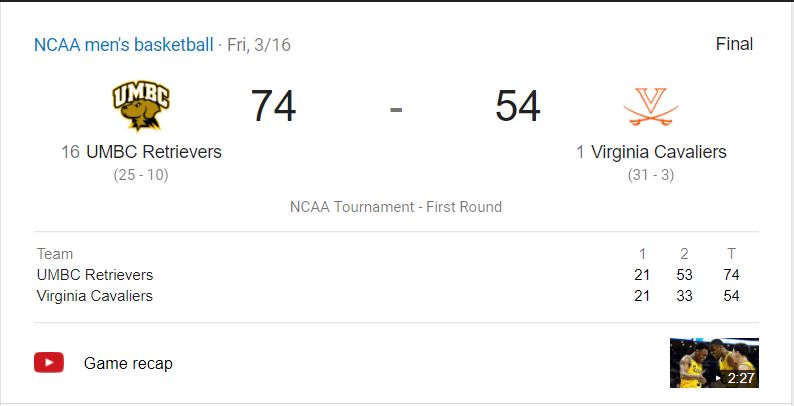I am writing a blog series about becoming a strong leader in the post-pandemic world. First, I asked, Are you ready to be a strong leader in the post-pandemic world? Next, I continued the conversation by listing many bold predictions that did not come to fruition in the post-pandemic world. In October, I discussed three big work-related changes that all leaders need to understand to be successful in the post-pandemic world. In this blog, I will focus on how leaders can address big change number one – fewer people and resources to get the job done. The bottom line is that leaders must set clear priorities for success in the post-pandemic world.

Many organizations have fewer people
As I wrote in a previous blog, many industries reduced their workforce during the pandemic. Some that were hit hard, like travel, hospitality, and entertainment, rebounded and are on a positive trajectory in the post-pandemic world. Others have not faired so well. If you are wondering which industry laid off the most people this year, the answer is technology, according to my research assistant, ChatGPT. Here is what my assistant said when asked what sector laid off the most people in 2023.
“In the past year, the technology sector experienced many layoffs. Many tech companies, including major players like Cisco, Evernote, Oracle, Zendesk, LinkedIn, Microsoft, Cognizant, and Amazon, announced substantial layoffs. These layoffs affected various departments and were often attributed to cost reductions, restructuring plans, and a need to adapt to changing market conditions. The layoffs ranged from a few hundred employees in some companies to larger percentages of the workforce in others.”
Laying off employees is nothing new for many industries. The change this time around is the scale of the lay-offs. For example, the technology sector laid off over 100K employees in 2022. Numbers for this year are not final, but many believe it will be another large number. What does that mean for leaders? You will not have as many people in many industries to do the job as before. Sometimes, your team may be severely short-staffed, which can be challenging.

Some organizations have fewer resources
Not only did organizations reduce their workforce, but some also decreased their resources. What does that mean? Smaller investments, reduced offices, decreased benefits, lower budgets, less travel, and other ways to save money by cutting expenses. Don’t be surprised if fewer resources are available than before, which will limit your options. For example, if you use consultants to augment your workforce, you may be less able to leverage them as you did before the pandemic. I know many companies have “tightened their belts,” which makes leading in the post-pandemic world more challenging. However, lean times can sometimes lead to innovative solutions.

Leaders will need to set clear priorities
Given this new reality of fewer people and resources, leaders must set clear priorities to succeed in the post-pandemic world. Why? As a leader, you cannot waste your team members’ time on activities that don’t matter much or expend resources on low-return items. Gone are the days when you quickly produce better results by throwing more people at the problem. Neither can you afford to blow your budget early in the year and hope to get more resources later. No, wise leaders will set clear priorities so that the things that matter most get done first by their team members and themselves.
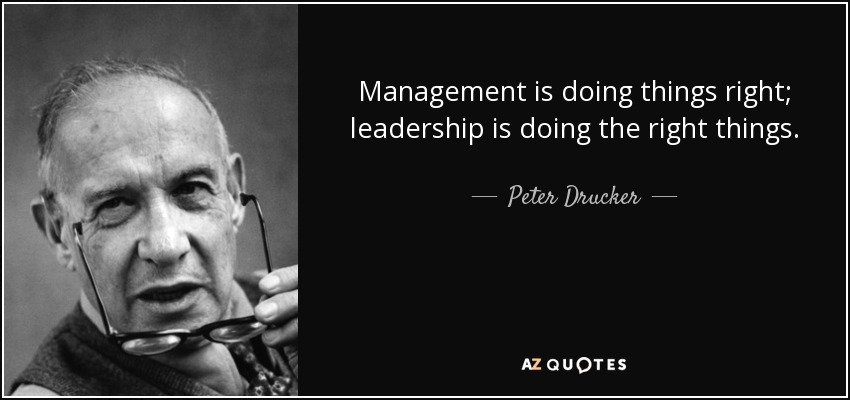
Strong leaders invest their own time in top-priorities
Let’s not forget that leaders must also set clear priorities for themselves. How you invest your time is hugely important. Please don’t waste it sitting in endless status meetings or low-impact activities. No – you need to focus on the top priorities. Over the years, I have witnessed many leaders who do not understand how to invest their time. They let others dictate how they spend their days without considering it. How can you spot a leader wasting their time on low-impact activities? Look at their calendars. It will tell you all you need to know. We will talk more about calendar management for leaders later this year in case it is one of your obstacles.

In the next blog, I will discuss a tool to set priorities.
What about you? Do you know how to set clear priorities for your teams and yourself? Do you have the tools you need to perform this critical function? If not, don’t worry. In the following few blogs, I will talk about tools that will help you set clear priorities and help put you on the path to success this year. Even if you already know how to set priorities, read the following few blogs. I will challenge you to be even more ruthless when setting priorities so that you can lead successfully in the post-pandemic world.
The most precious resource we have is time.
Steve Jobs
ATW! will make you a better leader
I hope you join me on this journey to raise the next generation of leaders. The world is in desperate need of more great leaders. Women and men who lead with confidence, clarity, and creativity. It’s time to become the leader that your world needs. Let’s go All The Way!



